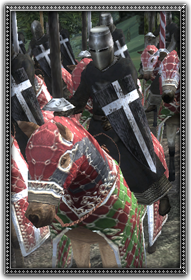
Fortification of the Maltese IslandsĪfter 1634, Grandmaster Antoine de Paule continued to build fortifications for Malta’s protection designed by Pietro Paolo Floriani. The new city was of course named Valletta in honour of Grand Master de la Vallette who died in 1568, and did not manage to see his city completed. High walls were built for maximum protection, the streets laid out in a grid pattern and a big ditch was dug across the whole of the peninsula. The construction of Valletta began on 28 March 1566, with Grandmaster Jean Parisot de la Vallette himself placing the foundation stone.

The construction of VallettaĪfter the siege, fearing another attack, la Vallette decided to increase Malta's fortifications and to build a new city on the previously uninhabited peninsula. The Maltese people fought together with the Knights and 8000 Sicilian soldiers, winning the battle against the Turks. As a response, Grandmaster la Vallette beheaded Turkish prisoners and fired their heads from cannons. During the siege, the Turks captured four Knights whom they beheaded and nailed to a cross. During the battle, the Turks lost their commander Dragut Rais along with 8,000 men – around a quarter of their total army in the siege.

The Turks sent 81 ships to attack and over 30,000 soldiers sailed into the Bay of Marsaxlokk, making the siege of Malta the bloodiest and most violent battle in history. On the 18th May 1565, The Great Siege of Malta took place when the Turkish Ottoman Empire, a great marine power in the Mediterranean at the time, invaded and tried to capture Malta. They built numerous hospitals and their eight-pointed cross, is still used as a symbol by many first aid organizations today. Because of the ongoing Crusade, the Knights’ main task was to provide medical assistance. The knights fortified and enhanced their new domain and made the Italian language an official one. Meanwhile, in 1530, Charles V of Spain, out of fear of a possible Ottoman invasion of Rome, granted Malta to the Knights of St John for protection. John were driven out of Rhodes by the growing Ottoman Empire. In 1522, during the time of the Crusades, the Knights of St.

The Great Siege of Malta, Knights of Malta and Napoleon The Knights of St.


 0 kommentar(er)
0 kommentar(er)
